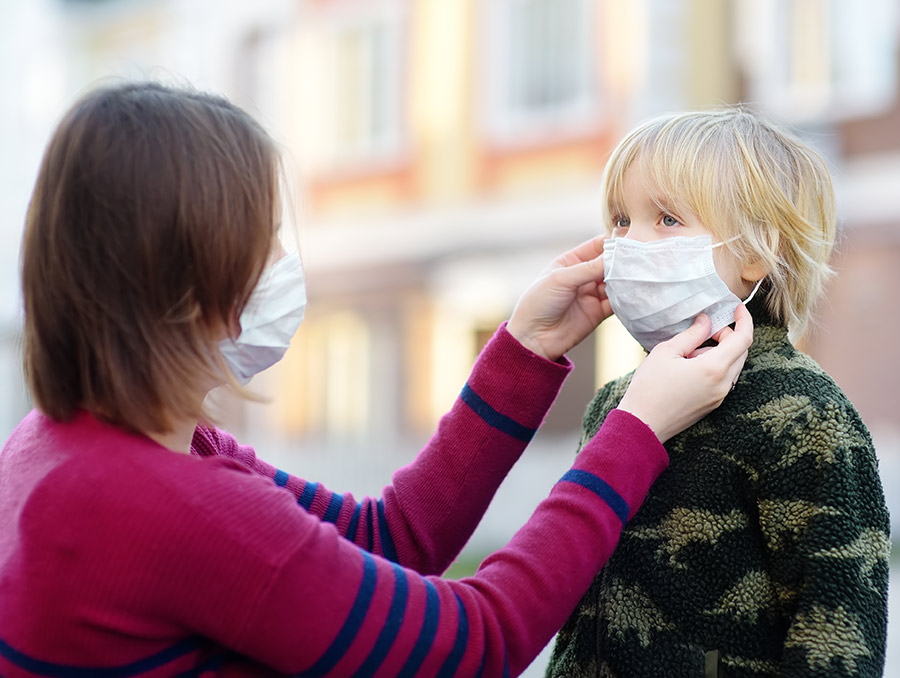
Many parents are now asking how they can get their child to wear a mask for an entire school day if they have to return to school in-person. Thinking about this right now, rather than the day before your child returns to school is the best time to do so, because with proper preparation, most children can learn to wear facial coverings. There are several different steps parents can take to make the process more tolerable for their child.
Choice matters
A first step is letting the child choose the look of the mask they will wear. By looking online, parents may be able to find pre-made children’s masks with characters or activities that are favorites of the child. Crayola is selling children’s masks in colors to match their line of crayons and markers, so if children have favorite colors or want to have masks to match favorite outfits, that can be a possibility. If caregivers can’t find pre-made masks that match any of their child’s choices, there are patterns available to make childrens’ masks, and the caregiver can then allow the child to choose material they like to make the mask. The more choice the child has in their own mask, the more invested they will be in wearing it.
Sensory issues
Some children, especially children with a variety of disabilities, are sensitive to the feeling of masks. They may have problems with the sensation of the fabric on the face or the elastic over the back of the ears. There are a few solutions for this issue. Some masks are made out of a softer jersey material that may be more tolerable on the face. There are also neck gaiters that are popular with athletes that can be pulled up from around the neck; a parent can try one of these to see if this is more tolerable than a traditional face mask. If the ear elastics are a problem, there are several potential solutions. Many retailers that sell masks are also selling plastic ear savers, a small piece that sits at the back of the head and holds the elastic straps instead of the straps hooking around the ears. There are also two do-it-yourself options caregivers could choose; headbands or ballcaps or other hats with buttons on the sides. If the child will tolerate wearing any of those headgear, simply attach buttons on the side right by where the ears are, and then when putting the mask on, slide the elastic straps over the buttons instead of the ears.
Gradual use
The best tip for teaching your child to wear a mask is that this is a gradual learning process. Caregivers should start acclimating the child to their mask early and do it in a way that matches their age and developmental level. Start by having them put on the mask while they are engaged in an activity they enjoy and have them wear it for only a short period of time, as long is tolerable before they start fidgeting or seem uncomfortable. Reinforce them for proper mask wearing. When possible, point out other children wearing masks properly. Continue “practicing” mask-wearing, gradually lengthening the time they wear the mask and remembering to reinforce. Make sure that you always keep the activities and the conversation positive.












